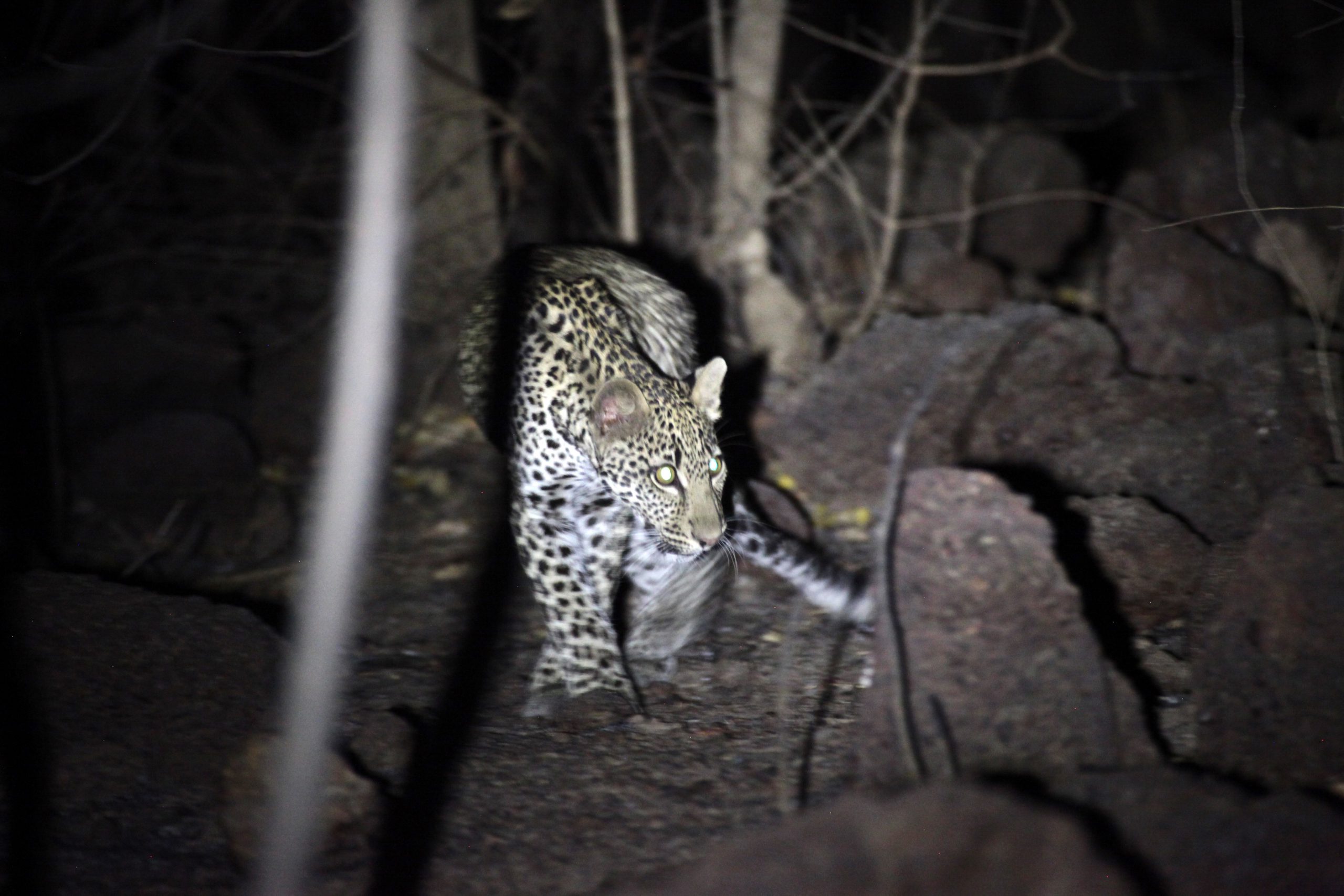
Biodiversity & Rehabilitation
Environment
Biodiversity & Rehabilitation
Resolute is cognisant of the potential impact of mining activities on biodiversity. The Company implements biodiversity management plans that adhere to the mitigation hierarchy across operations, seek to ensure there is no net loss of critical habitat and, where possible, work with others to produce a net gain for biodiversity. The Company does not explore or seek to develop new mining operations in World Heritage designated areas.
The Mako mine is in an area of high ecological value, close to the Niokolo-Koba National Park (PNNK), a World Heritage Site, and the Gambia River. Although Mako is expected to have no direct impact and negligible residual impact on the PNNK, some residual impacts on biodiversity will result from mine development and operations.
This includes residual impacts on the habitats of the Western chimpanzees, hippopotamus, leopards and two restricted range plant species (Lepidagathis Capituliformis and Tephrosia Berhautiana) through habitat conversion in areas outside of the PNNK. To mitigate these impacts Resolute implements ecological monitoring surveys and has developed a biodiversity offset programme.
The Company undertakes annual ecological monitoring surveys at Mako, including transect surveys and camera traps, to ensure the impacts to the habitat of priority species is consistent with those predicted in the ESIA and supporting baseline studies. To date, there is no evidence of degradation to the PNNK or the Gambia River resulting from the operational activities. Images of lion, hyena leopard and chimpanzees are regularly captured within the project development area and surroundings.
The Company has implemented the Petowal Biodiversity Offset Program (PBOP) to achieve a ‘net gain’ in priority biodiversity features and thus offset the residual impacts of the mine. The PBOP aligns with IFC Performance Standard 6 and the Business and Biodiversity Offset Program’s Standard on Biodiversity Offsets, and necessitates an innovative approach informed by broad stakeholder engagement, robust science, expert advisory support, and independent audits to evaluate performance.
The PBOP comprises landscape-level conservation management, covering an area in the southeast part of the PNNK and contiguous community lands in the Commune of Tomboronkoto that are currently absent of formal protection. The offset program is guided by an independent advisory panel comprising six experts with regional experience in conservation, rural development, primatology, civil society and academia. In its independent oversight role, the panel reviews technical plans and monitoring results, engages with stakeholders and provides expert recommendations to the Company.
The Company is committed to conducting effective Closure planning and rehabilitation at its operations to reduce any adverse impacts on affected communities, the environment and identified Stakeholders. Effective management of closure aspects will provide a basis for stakeholder engagement to enable opportunities of creating a positive mining legacy and relinquishment of Resolute assets in an economically efficient manner.
The total disturbance at our operations is approximately 1,214 ha including 244 ha at Mako and 970 ha at Syama. Where feasible both operations will conduct progressive rehabilitation in accordance with the Mine Closure and Rehabilitation Plans.
Closure planning will be considered at all stages of a mine lifecycle from exploration to relinquishment and will consider risks such as Acid Mine Drainage which maybe associated with Tailings Storage Facilities or Waste Rock Dumps. By identifying potential closure aspects that may present a long-term risk, effective monitoring and mitigations can be developed, implemented and reviewed throughout the operations lifecycle. Closure planning will also include an annual review of the post closure cost assessment, opportunities for progressive rehabilitation and research.